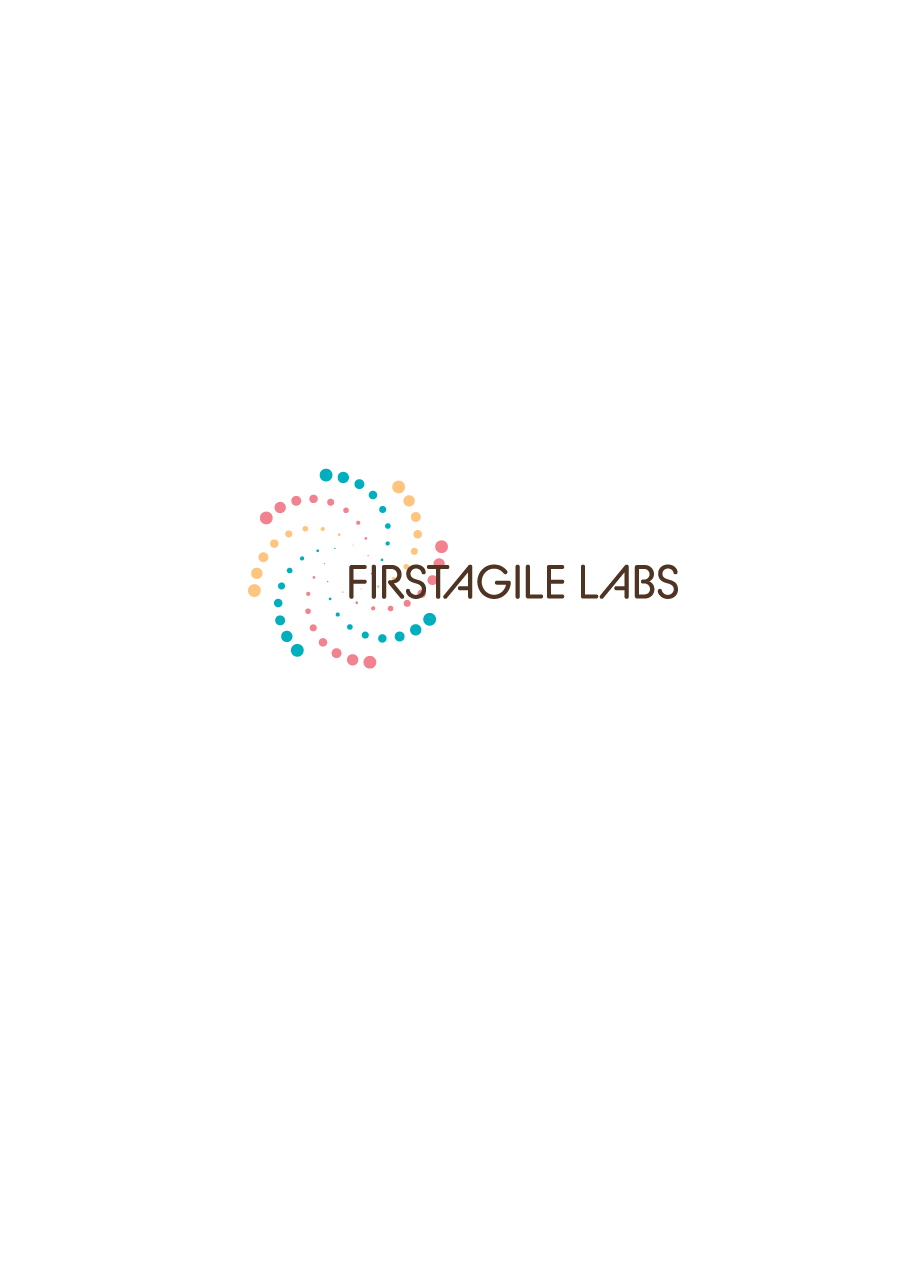Functional Testing: Ensuring Your Software Meets Expectations with Precision and Accuracy
Functional Testing in Quality Engineering is an important process to verify that the software’s fundamental features and functionalities work as required, following the specified requirements and specifications. The testing is centered around verifying the functional aspects of the application, including user inputs, outputs, and data processing, in order to assure that it satisfies both business and user expectations. It is crucial for FirstAgile to detect flaws that could impact the functionality of the software, ensuring that the software delivers the expected results when used in real-world applications.

Methods Employed:
Unit Testing: Evaluation of individual software units or functions to ensure each component performs as intended.
Integration Testing: Testing how different modules or systems interact with each other to ensure data transfer and communication take place smoothly.
System Testing: Running thorough testing of the whole system to verify that all functionalities meet the overall specifications and function in harmony.
Smoke Testing: Running a basic check of functionalities to confirm the application is stable and running before proceeding with more detailed testing.
User Acceptance Testing (UAT): Engaging end users in testing to confirm that the software meets their requirements and expectations and is ready for deployment.
Through the use of these techniques, functional testing makes certain that features of the application function properly, ensuring its reliability and providing a maximum user experience.

